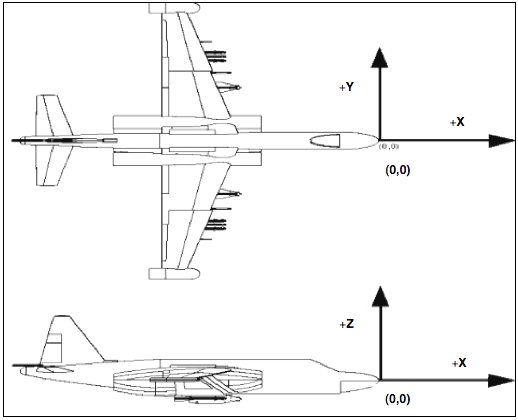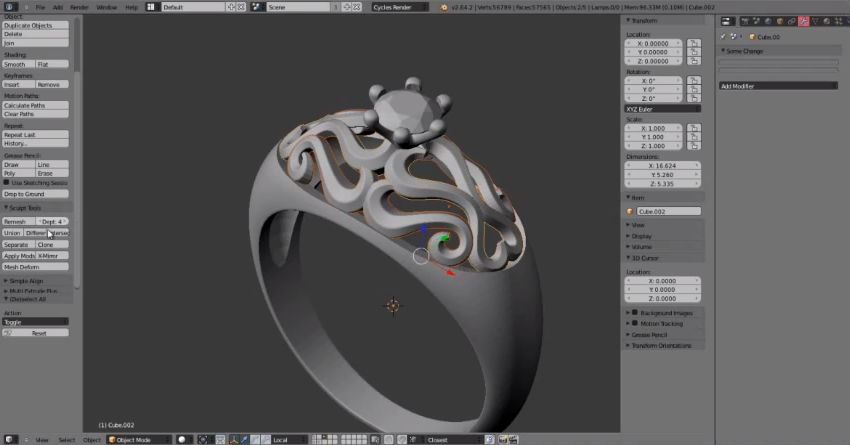

This paper presents a new hybrid (Monte Carlo/deterministic) method for increasing the efficiency of Monte Carlo calculations of distributions, such as flux or dose rate distributions (e.g., mesh tallies), as well as responses at multiple localized detectors and spectra. This paper provides a brief review of the methods, their implementation, results of their application, and current development activities, as well as a considerable list of references for readers seeking more information about the methods and/or their applications. Substantial computational speed-ups, generally O(10 2-4), have been realized for all applications to date. These methods and codes have been applied to many relevant and challenging problems, including calculations of PWR ex-core thermal detector response, dose rates throughout an entire PWR facility, site boundary dose from arrays of commercial spent fuel storage casks, radiation fields for criticality accident alarm system placement, and detector response for special nuclear material detection scenarios and nuclear well-logging tools. As implemented, the methods utilize the results of approximate, fast-running 3-D discrete ordinates transport calculations (with the Denovo code) to generate consistent space-and energy-dependent source and transport (weight windows) biasing parameters.
#Brl cad tutorial code#
The two methods have been implemented and automated in both the MAVRIC sequence of SCALE 6 and ADVANTG, a code that works with the MCNP code. detector (tally) region (e.g., flux, dose, or reaction rate at a particular location) and (2) Forward Weighted CADIS (FW-CADIS) for optimizing distributions (e.g., mesh tallies over all or part of the problem space) or multiple localized detector regions (e.g., simultaneous optimization of two or more localized tally regions). The two principal hybrid methods are (1) Consistent Adjoint Driven Importance Sampling (CADIS) for optimization of a localized. This paper provides a review of the hybrid (Monte Carlo/deterministic) radiation transport methods and codes used at the Oak Ridge National Laboratory and examples of their application for increasing the efficiency of real-world, fixed-source Monte Carlo analyses. This method showed improved results over those using the standard CADIS/ADVANTG approach, and its further investigation is recommended for future efforts. A modification to the CADIS/ADVANTG methodology was also studied in which a global adjoint source is weighted by the reciprocal of the dose response calculated by an earlier forward discrete ordinates calculation.

In general, it was shown that placement of the adjoint source on the periphery of the model provided adequate results for regions reasonably close to the source (e.g., within the containment structure for the reactor source). Investigative calculations were performed using a simple block model and a simplified full-scale model of the PWR containment, in which the adjoint source was placed in various regions.
#Brl cad tutorial windows#
This methodology uses an automatically generated three-dimensional discrete ordinates model to calculate adjoint fluxes from which MCNP weight windows and source bias parameters are generated. Advanced variance reduction, which was required because of the size of the model and the large amount of shielding, was performed via the CADIS/ADVANTG approach.

Identification of the PWR facility, development of the MCNP-based model and automation of the run process, calculation of the various sources, and development of methods for visually examining mesh tally files and extracting dose rates were all a significant part of the project. Calculations of dose rates resulting from neutron and photon sources from the reactor (operating and shut down for various periods) and the spent fuel pool, as well as for the photon source from the primary coolant loop, were all of interest. The feasibility of modeling a pressurized-water-reactor (PWR) facility and calculating dose rates at all locations within the containment and adjoining structures using MCNP5 with mesh tallies is presented.


 0 kommentar(er)
0 kommentar(er)
